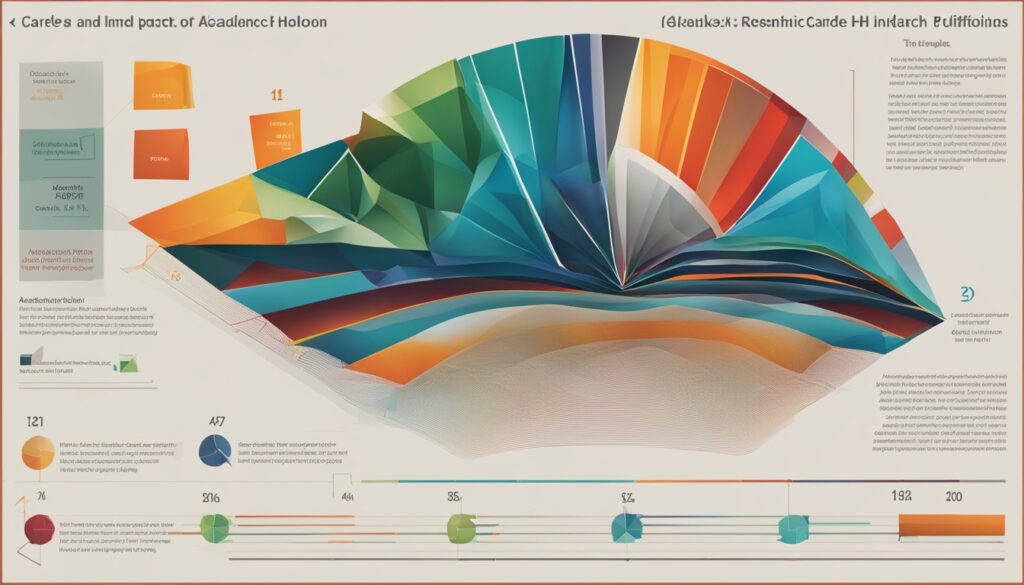Did you know the h-index was first introduced in 2005? It’s now a key way to measure a researcher’s work and its impact1. In today’s competitive world, knowing how to boost our h-index is crucial. It shows not just how much we publish, but also how our research affects others2. A high h-index can lead to better job prospects, more grants, and more collaborations. That’s…



